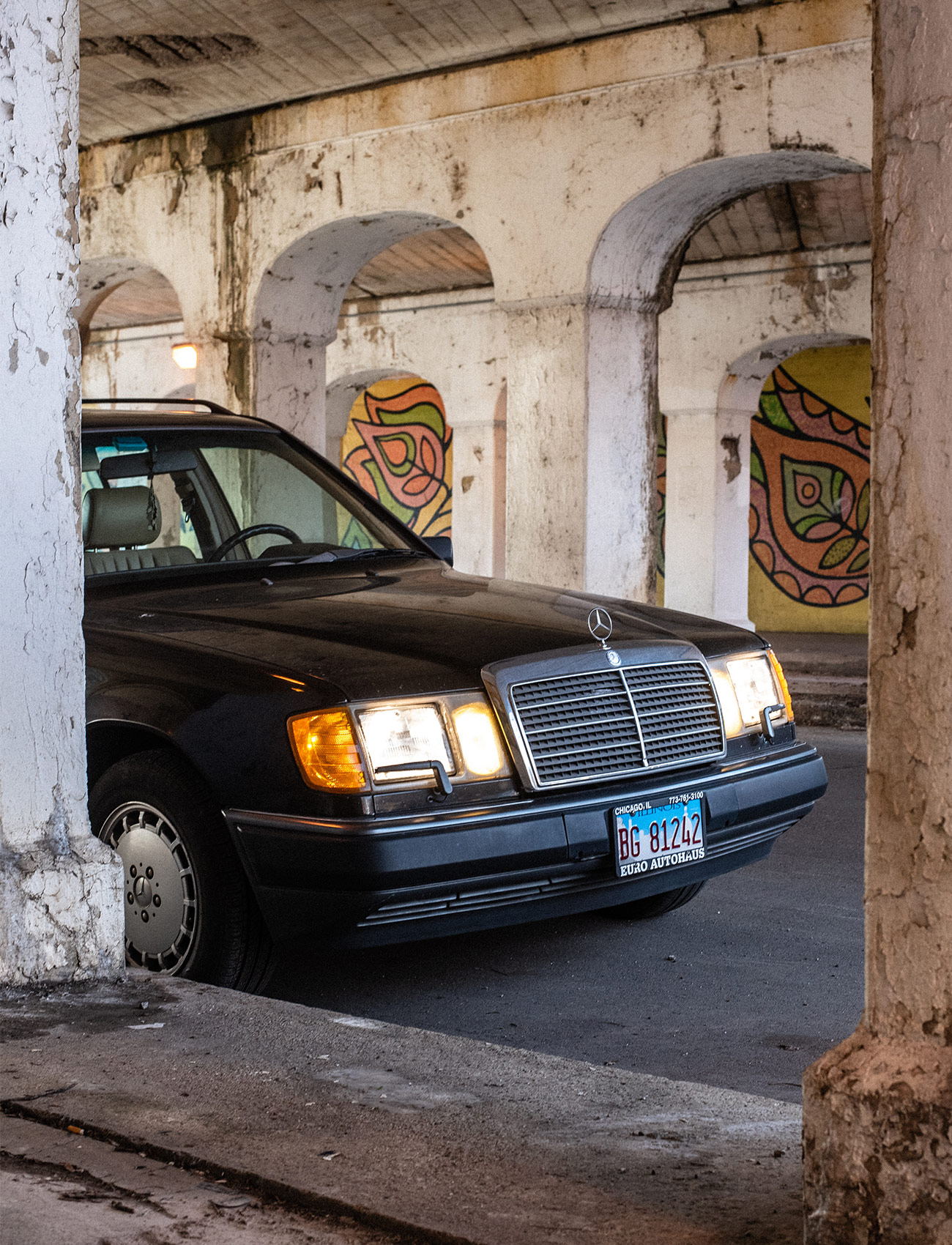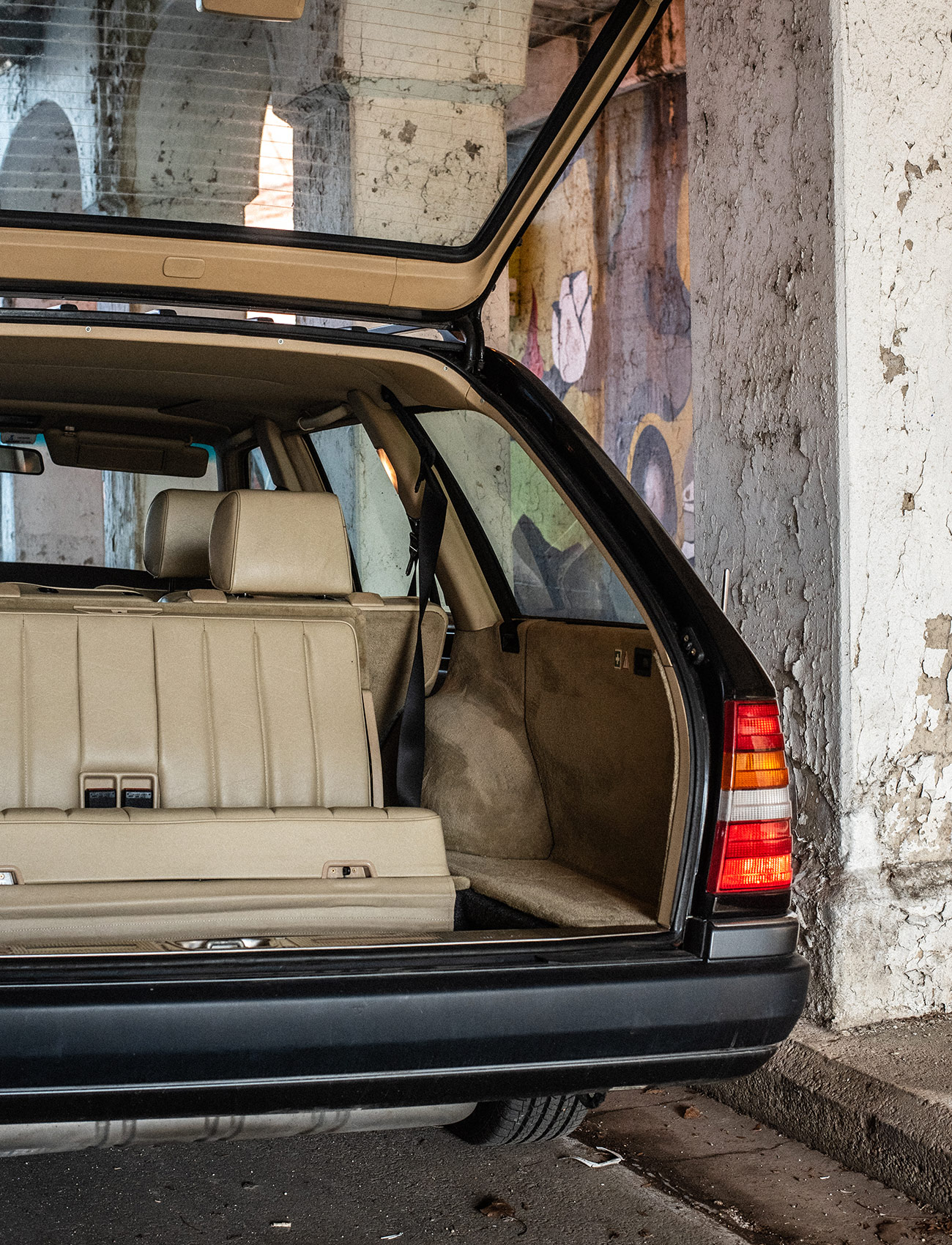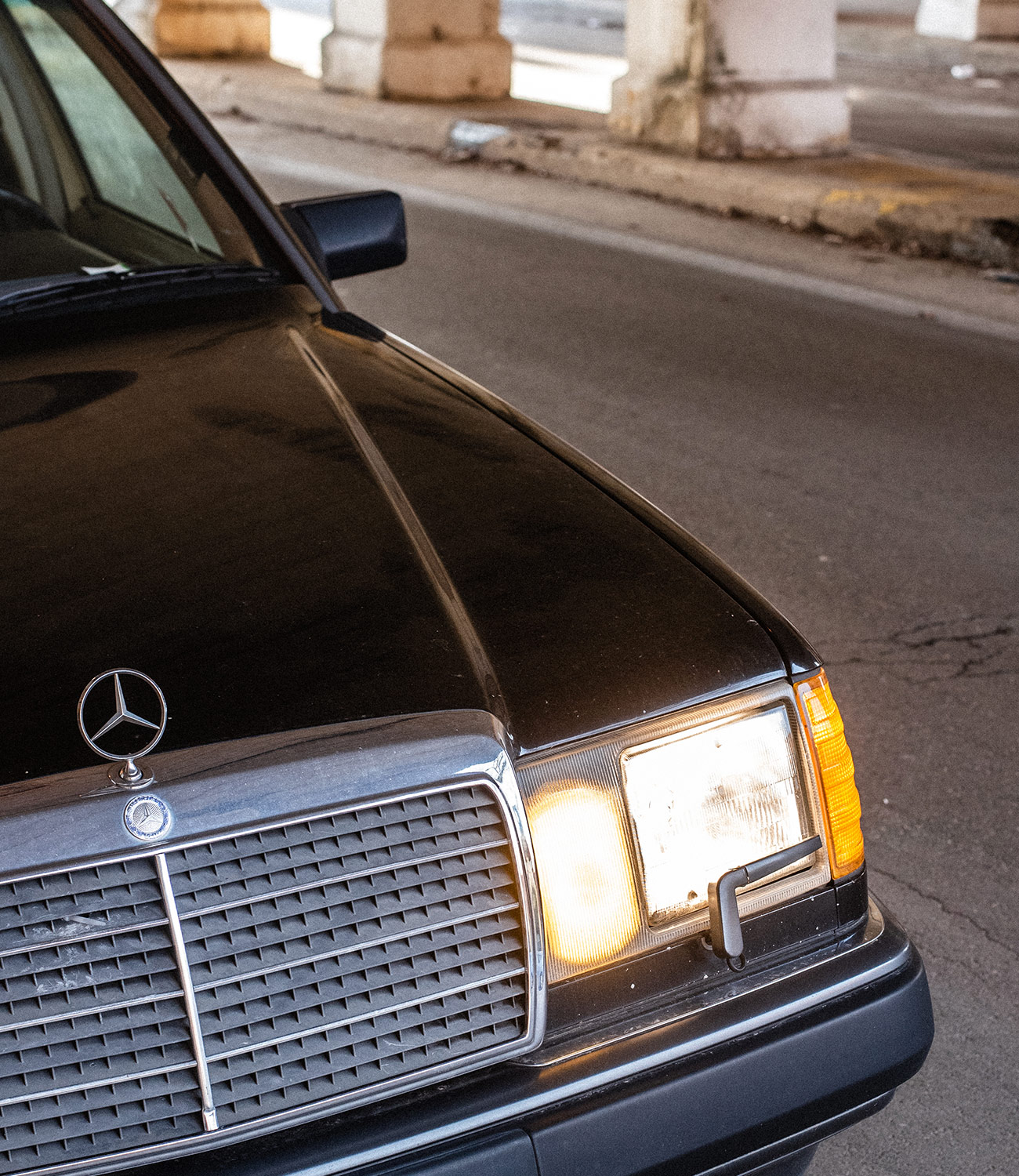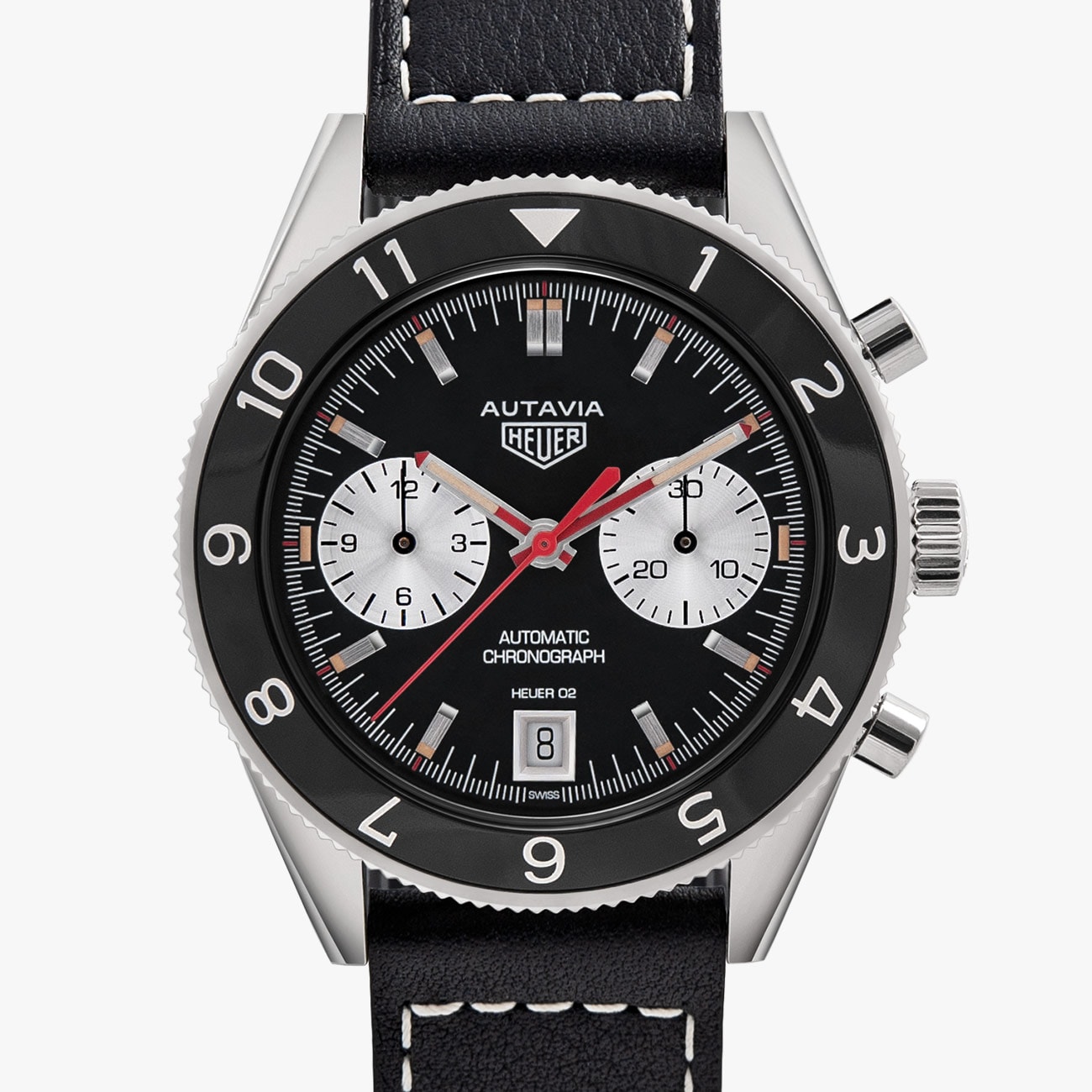When car enthusiasts talk about old Mercedes-Benzes it always comes out wistful — a twinkle in the eye and a “they don’t make ’em like they used to” tone, which probably has to do with how often they throw around the word “over-engineered.” Usually it’s the classic, dogmatic old-Merc screed about building a car to a standard not a cost, and a manufacturing ethos that places value on quality and reliability. And they’re right — mostly.
Hence, the myth of the bulletproof Mercedes-Benz. As I own a 1990 Mercedes 300TE wagon, built on the purportedly indestructible W124 chassis and regarded as one of the last of the “over-engineered” Benzes, I can attest that rumors of its reliability have been greatly exaggerated. In my month-and-a-half of ownership I’ve had to take the car to my mechanic twice; both times he handed the key back and said, “I’m sure I will see you again soon” in his vaguely Eastern European accent.
It’s not that old Benzes are particularly unreliable, it’s just that old cars in general aren’t reliable. And hell, W124’s weren’t even infallible from the factory, even if the myth states that Mercedes-Benz in the late 20th century cracked the code to automotive invincibility. The M103 inline-six engine is known to eat through head gaskets, and cars built between 1993 and 1995 were fitted with “bio-wire” wiring which departed this mortal coil full decades sooner than the engineers intended. This doesn’t even account for leaks and electrical gremlins, of which there are plenty.

I only say all this because it’s important to temper your expectations with an old Benz. Because if you anticipate that the car will occasionally let you down, you’ll have one of the damn finest vintage daily drivers you can buy upfront for $2,350. (Well, that’s what I paid for mine, anyway.)
In the early ‘90s, the 300TE wagon was the crown jewel of the suburban elite, especially given that its base MSRP was $49,650 — roughly $97,500 in today’s money for a fairly staid and simple family car. Experience it in the metal nearly 30 years on, and you start to understand why.
Mercedes really did set out to build the best car it could at the time. The design brief for the W124 was essentially to make the preceding W123, another icon of Mercedes-Benz’s “overbuilt” era, but better. That mostly consisted of using the best materials possible and getting as detail-oriented as one could at the time, then introducing technologies that improved the overall experience without being gimmicky.
Consider the tailgate: It features a “soft close” mechanism that latches the rear hatch gently and automatically, without the need to put in the physical force required to close a typical car door. Similarly, the headrests in the front seats are adjusted electronically, saving the trouble of reaching backward and fiddling with some little button or switch like a peasant. I mean, could you imagine? I sure couldn’t. Not after owning this car.
There’s also the suspension, which is one of the most magnificent things on this car. It’s a hydraulic, self-leveling system that, in the clichéd words of so many automotive journalists (this one included) “irons out the bumps in the road.” Truly, the smoothness encroaches into the realm of Bentleys and Rolls-Royces. The self-leveling feature also accommodates for a loaded rear end, keeping the back from dragging along the ground when you have full-grown occupants in the rear-facing third-row jump seats. Yes, this old wagon can seat seven people, with a reasonable amount of legroom, so if you’ve got #squadgoals, this is the car for you.

The W124 offers a buttery-smooth driving experience, from the steering to the transmission to the suspension. The car also filters out an incredible amount of road and engine noise, forming a cocoon of excellence that shields you cacophony of the outside world. In fact, the car’s interior is often considered the star of the show.
This is something I noticed while researching YouTube videos on the W124. Generally speaking, one can expect a certain level of uniformity of video style depending on the car being featured (and the car owner making the video). Subaru WRX drivers like doing “snow donuts” while chomping on vape pens; Italian exotic owners storm through European tunnels; Mustang owners tend to crash into crowds of people. But W124 owners enjoy posting videos of the car’s interior as it gently wafts down country roads. These videos are typically free of music, the audio comprised entirely of the faint whisper of the inline six engine and the satisfying clicking of the turn signals, like automotive ASMR.
But it’s the stylish simplicity, arguably the calling card of the W124, that most contributes to the sensation of serenity and peace. The interior makes you yearn for a bygone era of restraint in automotive interior design. There are only a few functions, all simple, each having its own dedicated rocker switch on the dash, engaging and disengaging with a satisfying tactile click. The steering wheel is a basic black circle devoid of buttons; the gauges are, in typical German fashion, lacking any semblance of nonsense or frivolity. The exterior projects just the right amount of substance and no more. There’s none of the peacocking you see in the style of newer Benzes, just sufficient flare from the grille and hood ornament to convey a tasteful amount of stealth wealth. (When it was new, anyway.)

The ultimate satisfaction from this car lies in the calm, orderly manner in which it gets you from point A to point B. Being a city dweller with a busy life, that counts for a lot, and any opportunity to navigate Chicago’s sea of potholes and inattentive drivers in peace is greatly appreciated. The fact that this comes from a car that’s almost thirty years old is remarkable, and finally makes the nebulous concept of over-engineering feel clear. It’s one I can certainly appreciate, even if my mechanic’s prophecy about seeing me again soon proves true.
TAG Heuer Autavia 1972 Re-Edition
Most watches have some sort of heritage built into them. But the TAG Heuer Autavia 1972 Re-Edition has more than most. The name Autavia comes from TAG Heurer’s history in auto racing and aviation — “AUT” from “auto” and “AVIA” from “aviation.” The 42mm 1972 Re-Edition is fashioned after the iconic 1972 Heuer Autavia 1163V Viceroy but contains modern updates like a two-register dial layout, a sapphire case back and a date window at 6 o’clock. This modern automatic chronograph update is a commendable addition to the Autavia family. Learn More: Here


